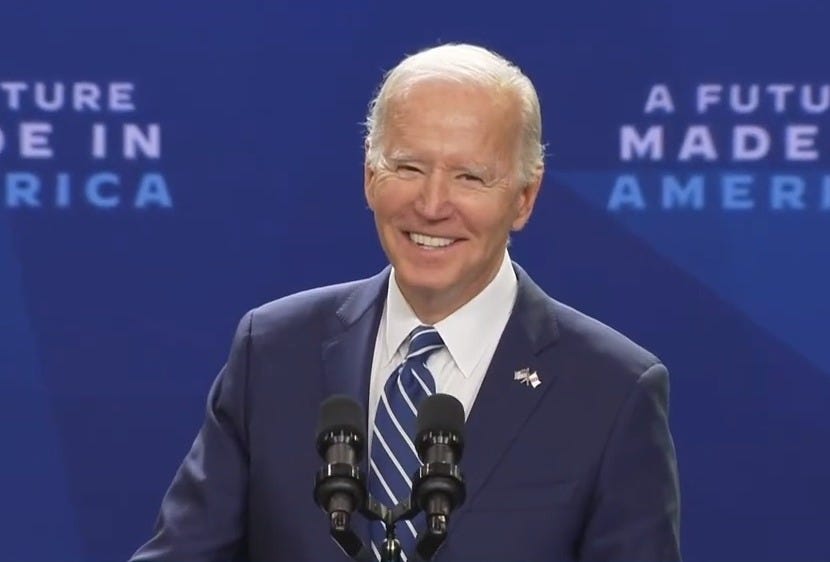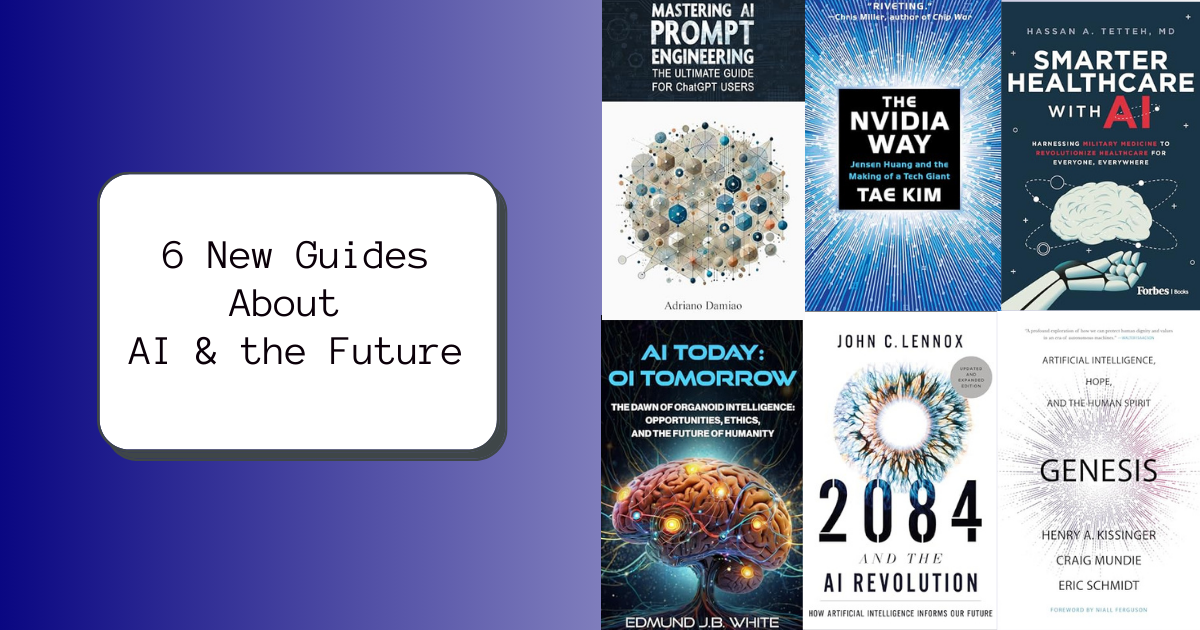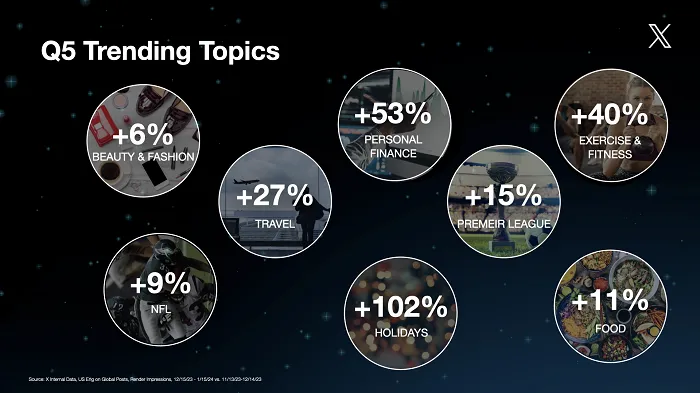Can adtech and marketing do anything to cool down our overheating world? That existential question is the focus of a conference in New York next week.
“Two or three years ago, we as a company learned of the degree digital advertising impacts carbon emissions. The energy it takes to power the internet is more than the civil aviation industry, which is just shocking,” said Frank Maguire, VP of Insights, Strategy and Sustainability at Sharethrough, a programmatic adtech company. “And digital ads are a big part of that.”
The 2020 study Maguire referred to showed the energy used to run the internet is responsible for 3.7% of all greenhouse gasses, a number that will have doubled by next year. It’s important to note that the study was done before the recent explosion of power-hungry AI technology.
The Sharethrough team realized they had to do something and last year put together the first Green Media Summit.
Taking action
“We used to run native ad summits so we kind of took some of that playbook, and we’re like ‘Why don’t we put together a last-minute summit?’” Maguire told MarTech. The idea was to bring together brands, agencies, DSPs, adtech providers and publishers to talk about what they were trying to do, what they’ve learned, and also what they needed from the rest of the industry.
That last-minute summit turned into an eight-hour, standing-room-only event that drew more than 300 people. The second now-annual Green Media Summit is on Thursday, April 11, in New York.
“Last year was more about education, and this year is really about trying to take action,” said Maguire. “Even speaking about it with agencies and brands, we just realized how much education was needed. We did a consumer poll that showed that more than 60% of people didn’t even know that the internet generated emissions. And it was pretty much the same with brands.”
Companies quiet about efforts
He said an increasing number of brands care about sustainability but are nervous about spotlighting their efforts. They risk being accused of greenwashing if their efforts are superficial. However, there’s also the risk of being called “woke environmentalists” for doing anything at all.
“In some circles, ESG is a four-letter word now,” he said.
On the plus side, sales of products marketed as sustainable grew more than twice as fast as products not marketed as sustainable and achieved a five-year compound annual growth rate (CAGR) of 9.43% vs. 4.98% for its conventional counterparts, according to a study by NYU’s Stern School of Business.
Dig deeper: How to talk to consumers about climate change
While looming environmental catastrophe can be a powerful motivator for brands, there’s an apolitical counterforce that can stop them from changing: Corporate inertia.
“The hardest part is some of the older companies are set in their ways and they either don’t want to disrupt it or it’s trying to change course on a fast-moving oil tanker or whatever analogy you want to use,” said Maguire. “It’s a big work.”
Dig deeper: How advertisers can take the lead in reducing carbon emissions
So at this year’s conference, all the speakers and panelists are being asked to focus on coming up with actionable ideas to drive change in the company and the industry overall.
Make marketing more effective
This means looking beyond the digital part of advertising to the entire life cycle of their development. What can be done to cut down on the resources used for everything from ad production to delivery, media distribution and where and how they are run.
Doing this not only saves money but also makes the advertising more effective.
Media properties with the biggest carbon footprint are typically fraud, click-bait or offer low-value inventory, according to Scope3’s State of Sustainability Report. These sites make up 10% of the domains in the five countries studied by the report — the U.S., U.K., France, Germany and Australia — and contribute 33,500 metric tons of carbon dioxide equivalent (CO2e) greenhouse gasses per month. That’s equal to driving a car 86,000,000 miles or 3,449 times around Earth. Between January 2020 and May 2022, $115 million was spent on advertising on these sites.
Dig deeper: ‘Bad’ digital ad spending can harm the environment
AI and the environment
Maybe the only thing bigger than the upside of AI is the amount of resources it uses. By 2027 the AI sector could consume between 85 to 134 terawatt hours of electricity annually — that’s about the same as the annual energy demand of the Netherlands. It also uses millions of gallons of water to cool the servers needed to train and operate it. This has Maguire understandably worried.
“I think some of the progress we’ve made even in the last couple of years could be completely wiped out by AI and how much energy is required for that,” he said.
Like everyone who keeps up on environmental news, Maguire knows how dire our current situation is. He also knows that makes it more important than ever to take action now.
“It’s easy to be really pessimistic about it because we’re speeding towards that two-degree increase in temperature and a lot of things can’t be reversed,” he said. “But we still have this necessity to do as much as possible in every industry, every company has this responsibility for our future.”
Get MarTech! Daily. Free. In your inbox.







































































